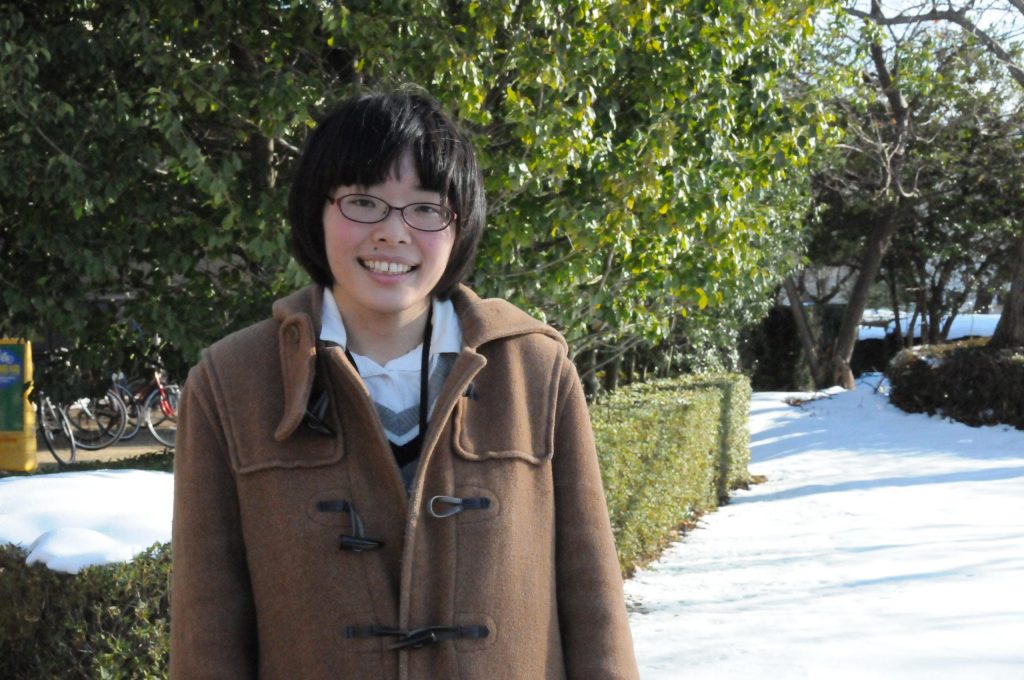
物質・生命の構造やしくみについて放射光を使って明らかにする研究を行う放射光科学研究施設(フォトンファクトリー、PF)。その研究を支える技術職員として活躍する。「研究をサポートする技術を提供する職に就きたかった」という自身のイメージに、研究機関の技術職は「ドンピシャだった」と言い切る。
物質・生命の構造やしくみについて放射光を使って明らかにする研究を行う放射光科学研究施設(フォトンファクトリー、PF)。その研究を支える技術職員として活躍する。「研究をサポートする技術を提供する職に就きたかった」という自身のイメージに、研究機関の技術職は「ドンピシャだった」と言い切る。
数学や理科が好きだったことから、実家の近くの茨城高専電気電子システム工学科に入学。プログラミングや物理、電磁気、エレクトロニクスなど電気に関する技術全般について学んだ。もともと研究職に憧れがあった。だが、高専の卒業研究を通して「テーマを自分で見つけて、自分でアプローチするタイプではない。研究の役に立つ、サポート技術を提供するのが好きなのだ」と気が付いた。研究に近い立場で、サポートをする仕事がしたいと担任の先生に相談したところ、紹介されたのがKEKの技術職員だった。
2016年4月に入り、2年目の現在は、PFの安全システムの制御グループに所属。全体のシステムを作り上げたり、設備の動作不良に対応したりする作業に携わる。学校の勉強と違い、わからないことも多いが、「もっときちんと勉強して、研究に携わる人の負担を減らすような、忙しい人の役に立てるようなシステムづくりができれば」と目標を掲げる。
高専時代、同じ学科の同級生は40人ほどいたが、女子はごく少数。そんな中でも、中高の生徒会にあたる学生会や選挙管理委員会、体育祭や文化祭など様々な実行委員会に積極的に参加し、人と協力して大きな行事を成功させる体験を積んだ。KEKでは、職場の先輩たちと毎週のようにスキーやカートに出かける。漫画を読んだり絵を描いたりするのが好きで、インターネットのソーシャルネットワーキングサービス(SNS)でつながった同じ趣味の友達に会いに、全国各地出かける。人に会い、人と一緒に何かをするのが好きだ。
「人と関わっていく中で、こんなことをやってみたいということがどんどん出てくると思う。そういうものがある限り、挑戦していきたいです」。未来を語る22歳の言葉は、自信と期待に満ちていた。
(聞き手 広報室・牧野佐千子)
